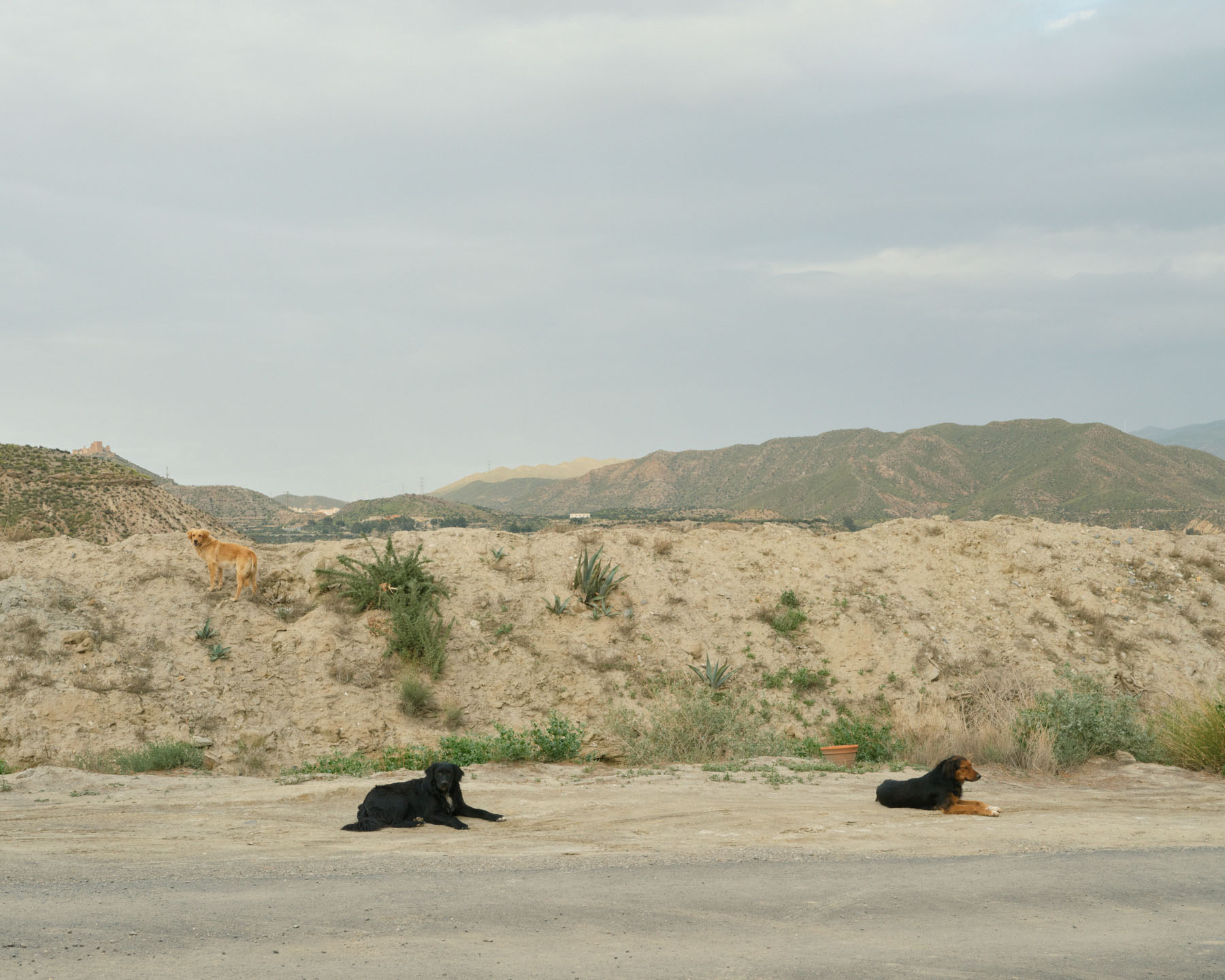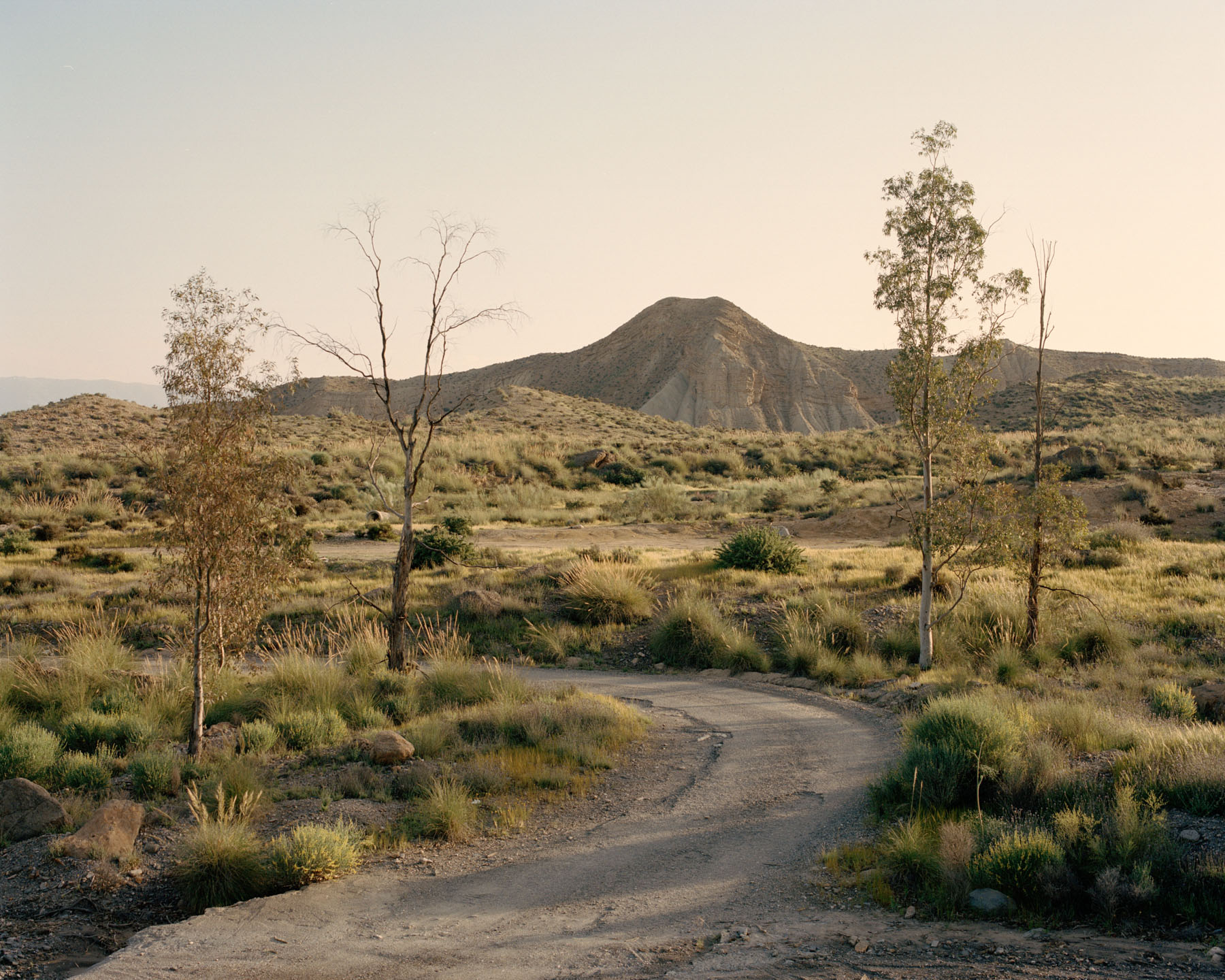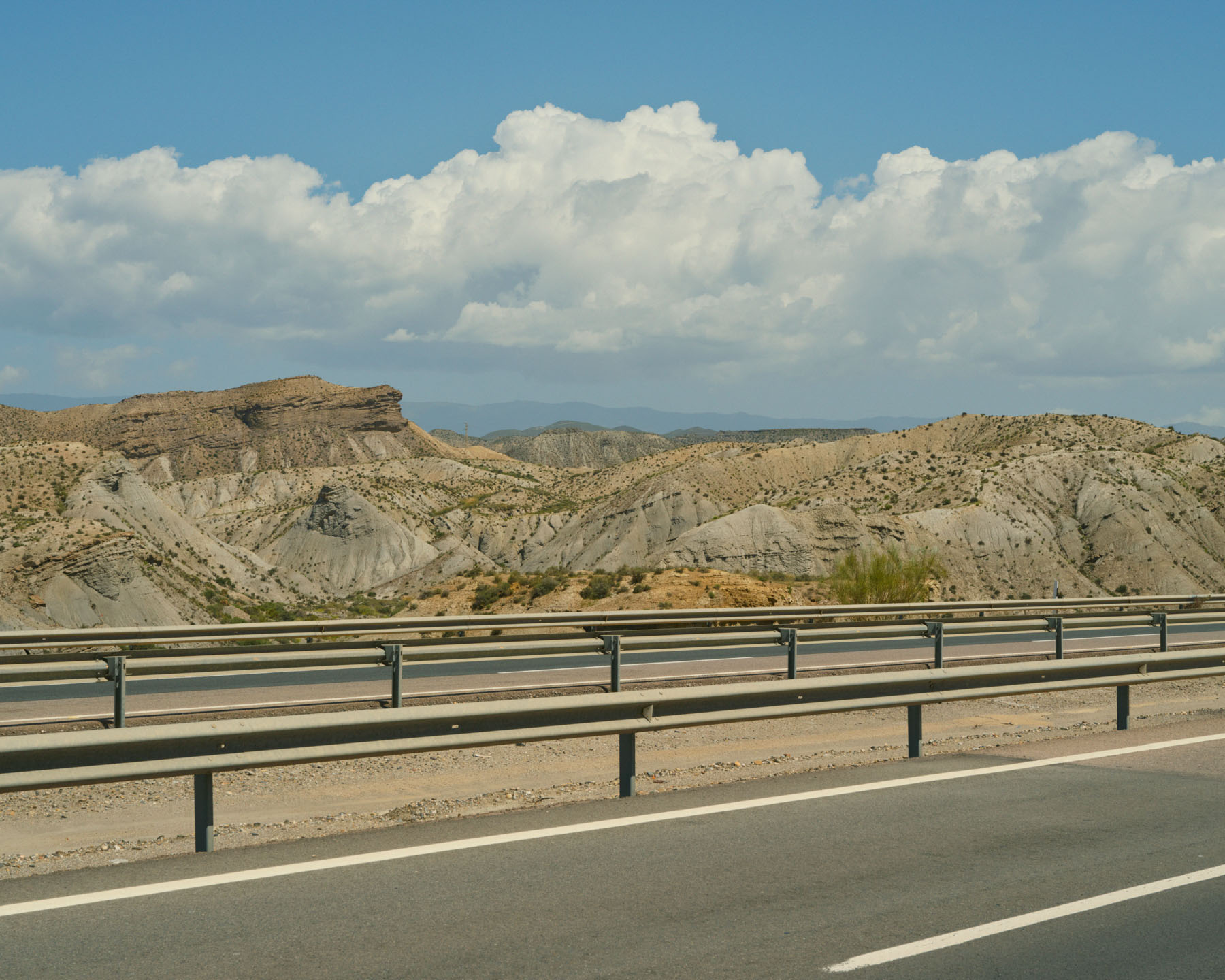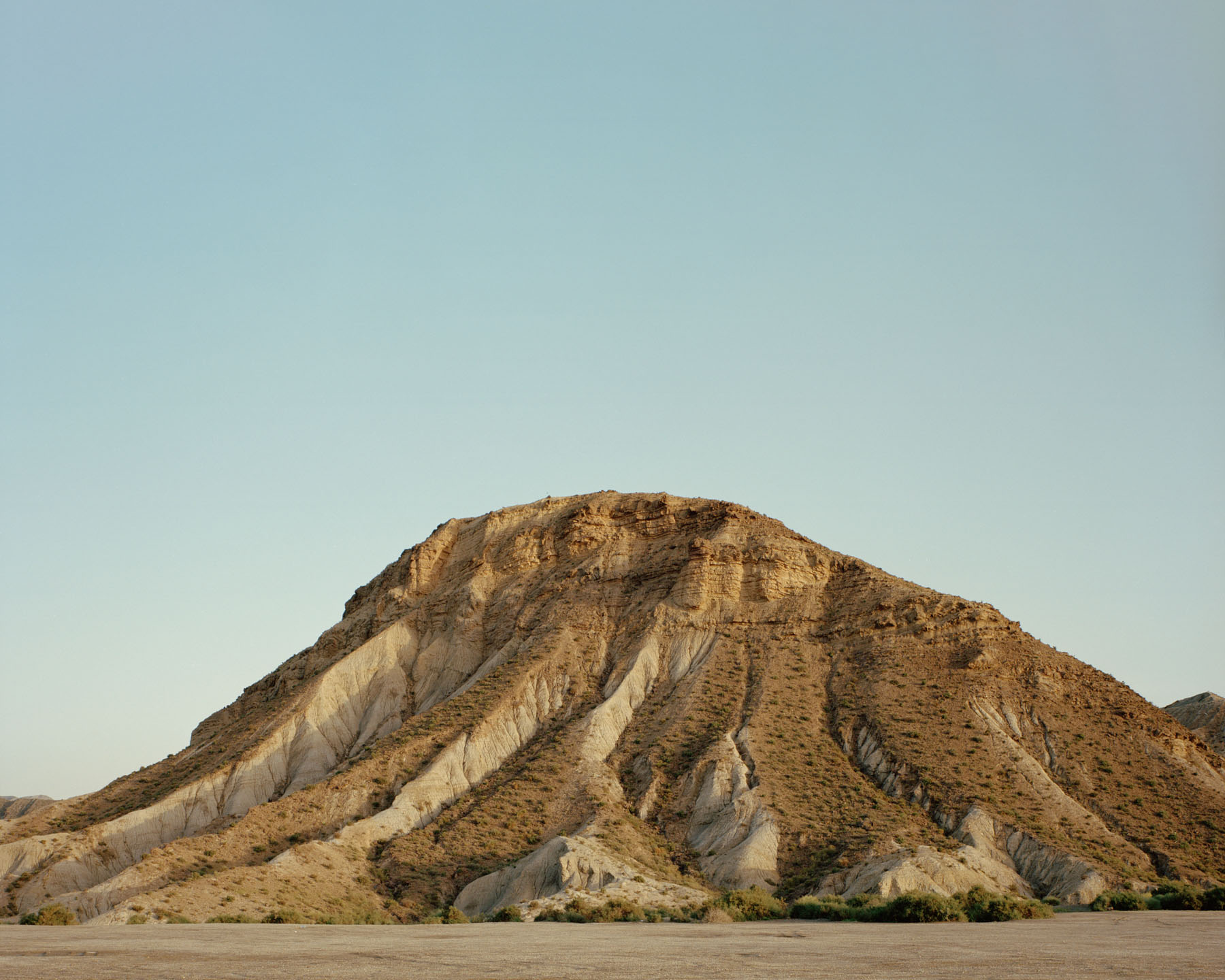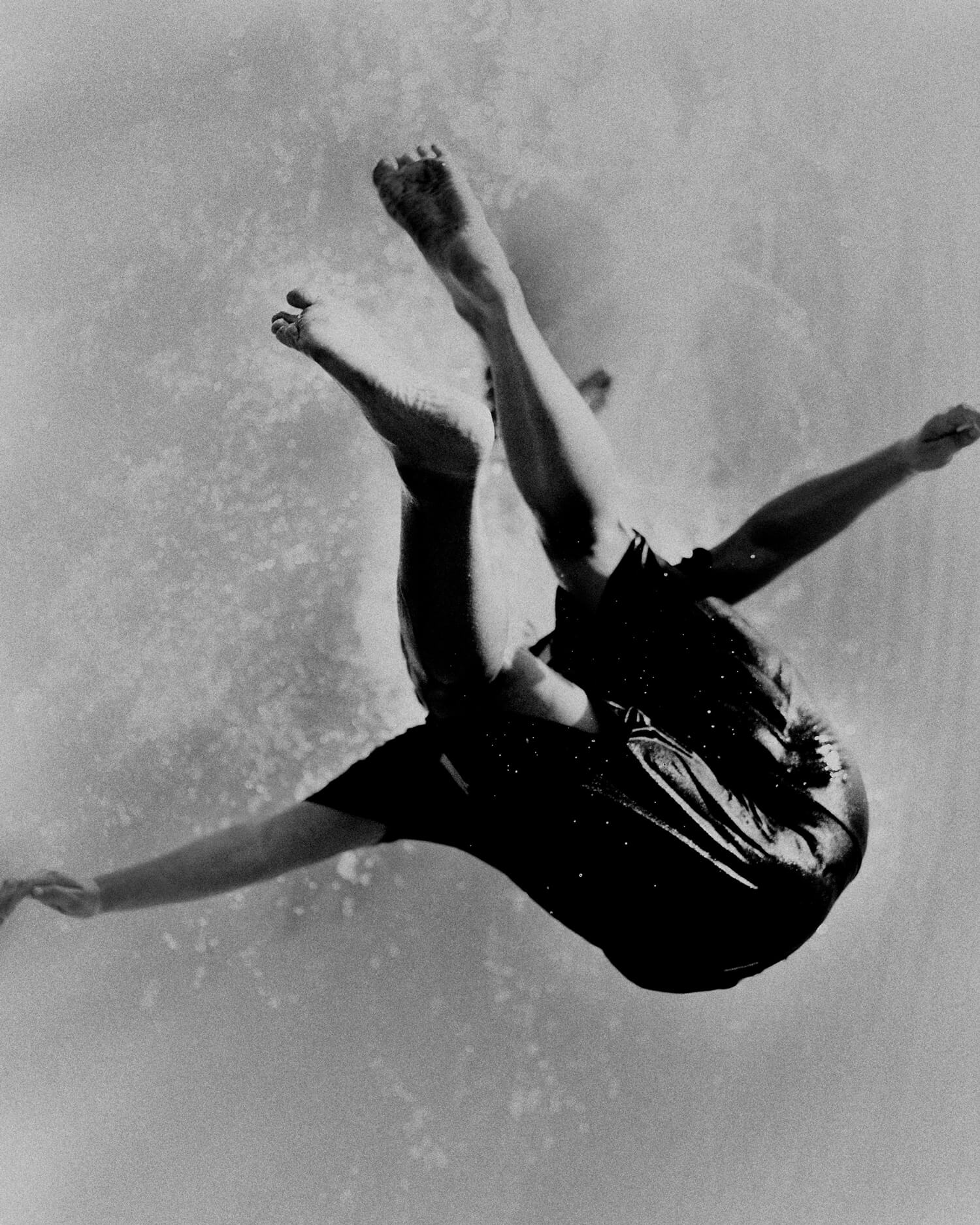DESERT STARS
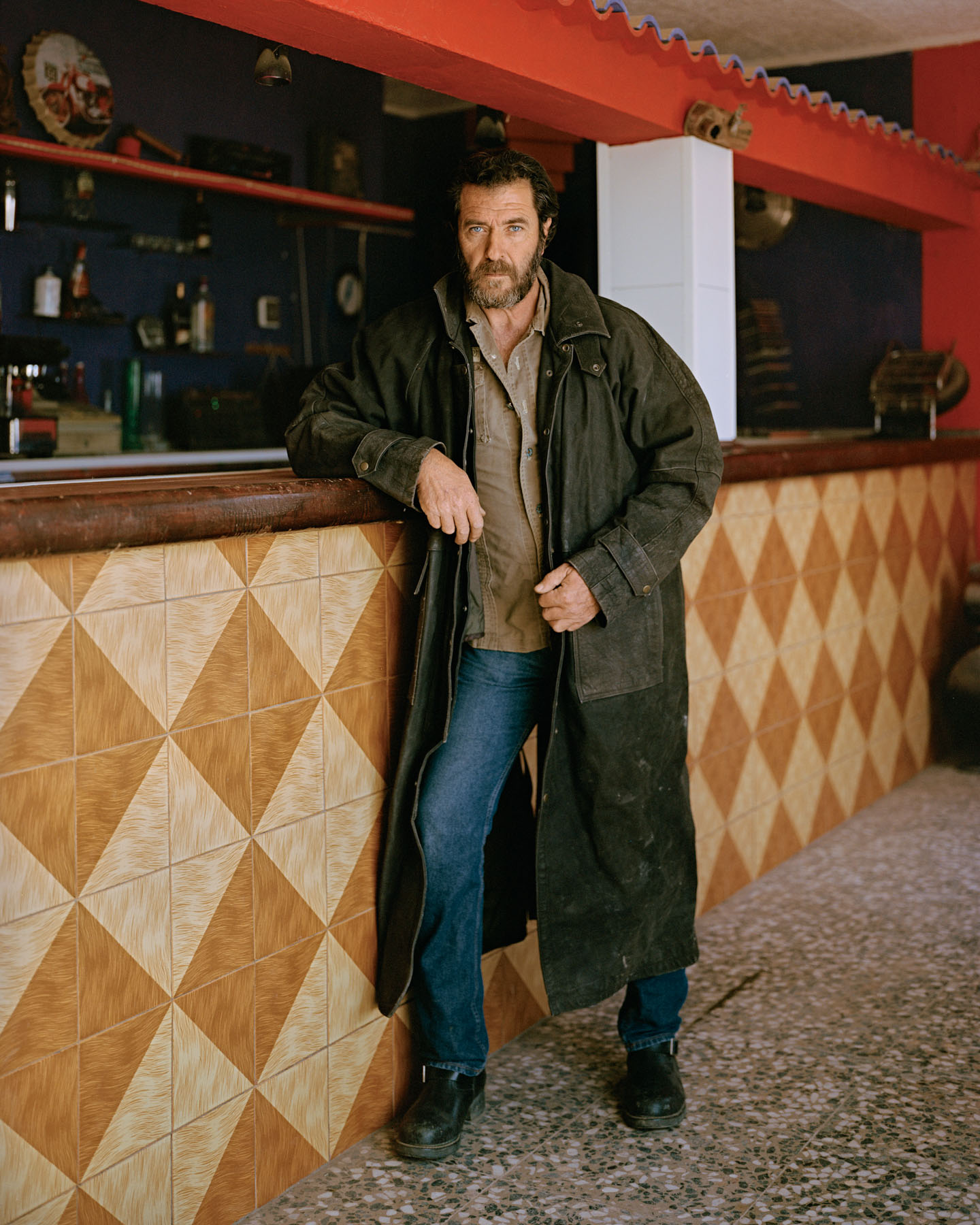
Andrea Pugiotto
One of your latest projects, Desert Stars, is a self-produced reportage shot around Almeria, Spain, where in the seventies Italian director Sergio Leone shot many “spaghetti western”. What brought you to develop this project?
I have always been fascinated by the mix of cultures and the iconography of American photography in western movies. I tried to capture the contamination of this culture within landscapes and people in an environment that wants to recall old American frames through its physiognomy.
You said that Desert Stars is a journey in search of strangers, but I actually find that to be true for most your your projects. Is your fascination for strangers somenthing you developed as a photographer, or it was always there?
The research of the stranger is fundamental in most of my projects. This topic merges in particular in Desert Stars where the research was itinerant, traveling all around the desert and neighboring towns. My purpose was to be surprised by the landscapes and people I met without any prejudice. I focused on faces, details and looks that took me back to a delicate dejavu.

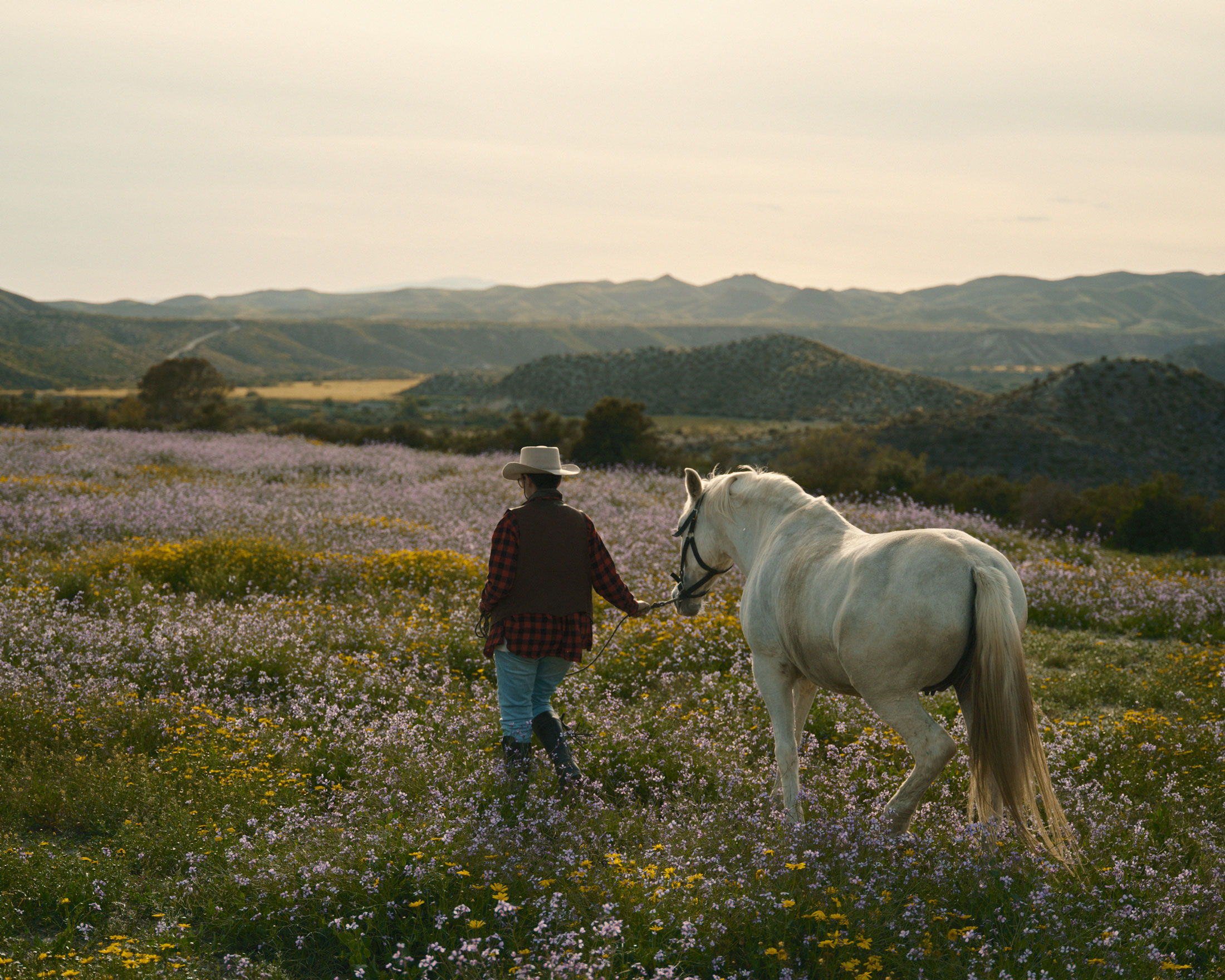


On your instagram feed there is a series of short videos in the Aeolie Island. There is something that reminds of Herzog’s portraits in Encounters at the End of the World. Is cinema something you look at for inspiration?
Cinema is one of my greatest influences. For example, in my latest projects such as the Brighton series or the Eolie series, I tried to figure out what I felt with short videos when looking behind the view camera, the moments when you focus and your subject is there, still and looking at the lens. Those moments have a deep value for me.
Portraits, and people in general, are a great part of your reportage work. You have the ability to make your subjects look at ease in front of the camera: how do you approach them? What are you trying to show us with your portraits?
I try to always be very honest with my subjects, the effort is to establish a relationship by explaining why I want to portray them, and if they trust me then I’m pretty sure the image will work.
You are originally from Venice, a city that exist in the very peculiar context of the Venetian Lagoon. That is a unique – and endangered – landscape and ecosystem that you are documenting with your series “Islands”. Men lived there in a delicate balance with nature for centuries. What it’s changing now? How being born in such a unique place shaped your relationship with nature?
Traveling around the world to develop several reportages and then back home, I noticed that the Venetian lagoon exemplifies the subtle relationship between man and nature very well, just like a delicate dance between water and a city that tries to live with it. it is a great case study on climate change and how citizens live the territory.
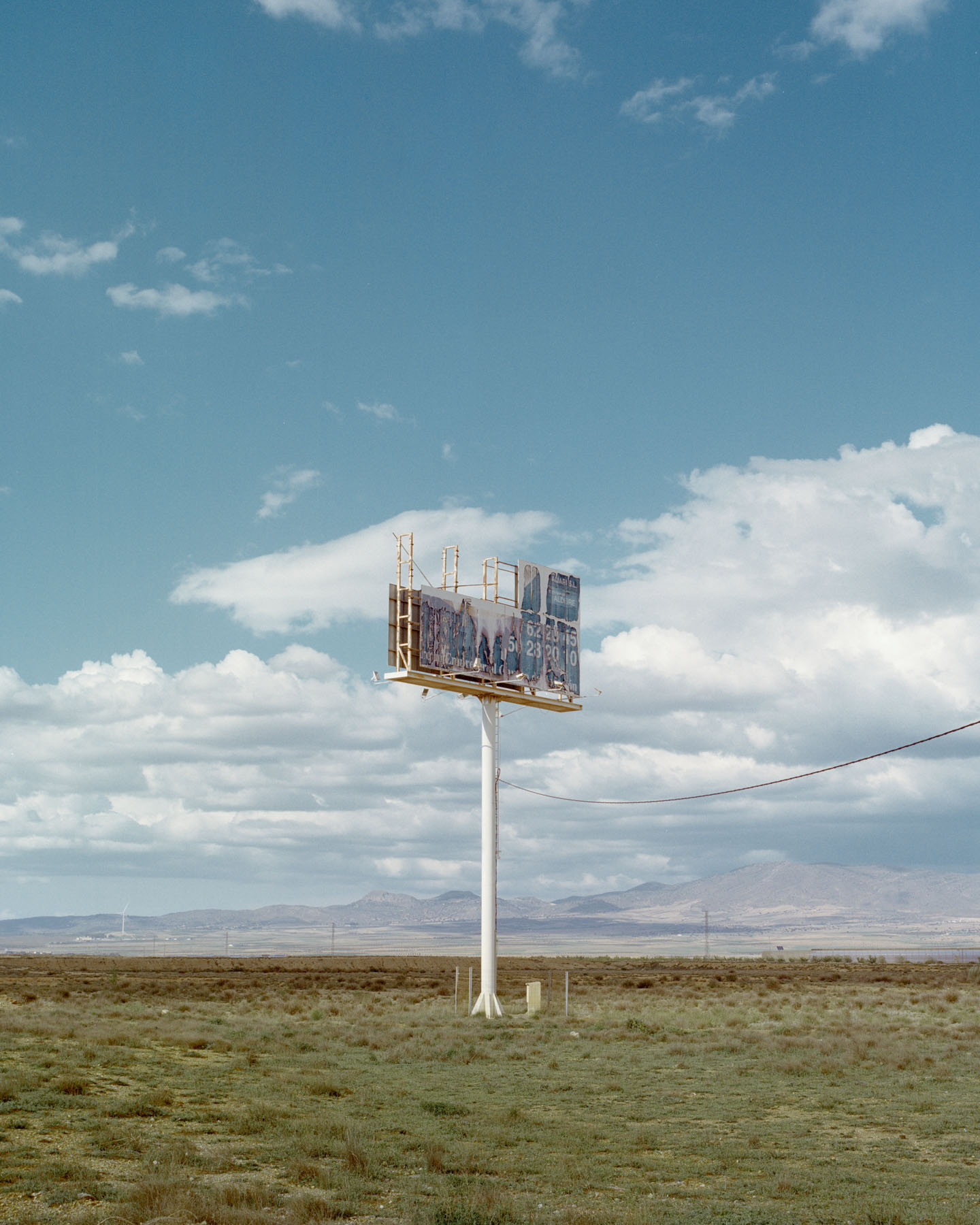

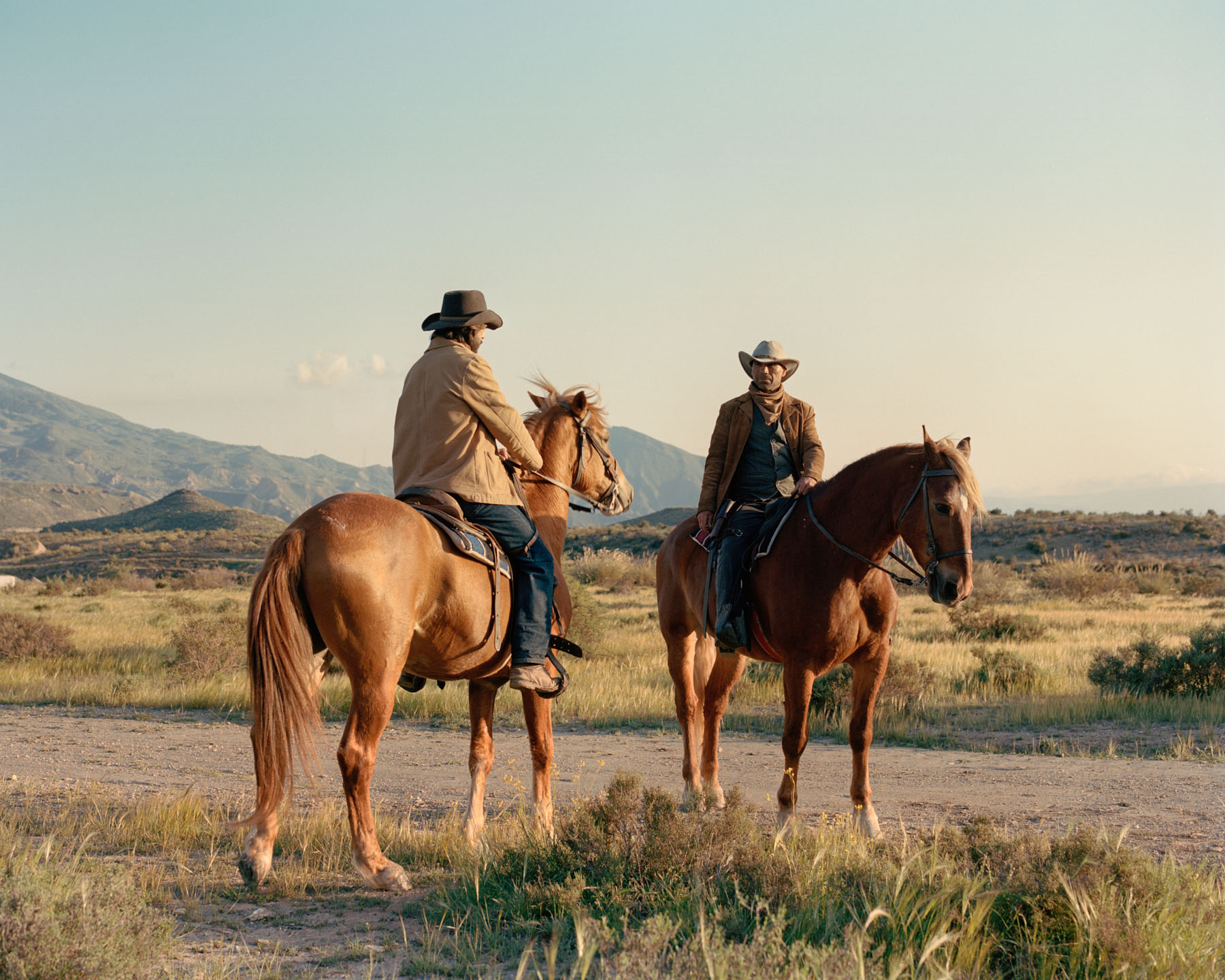
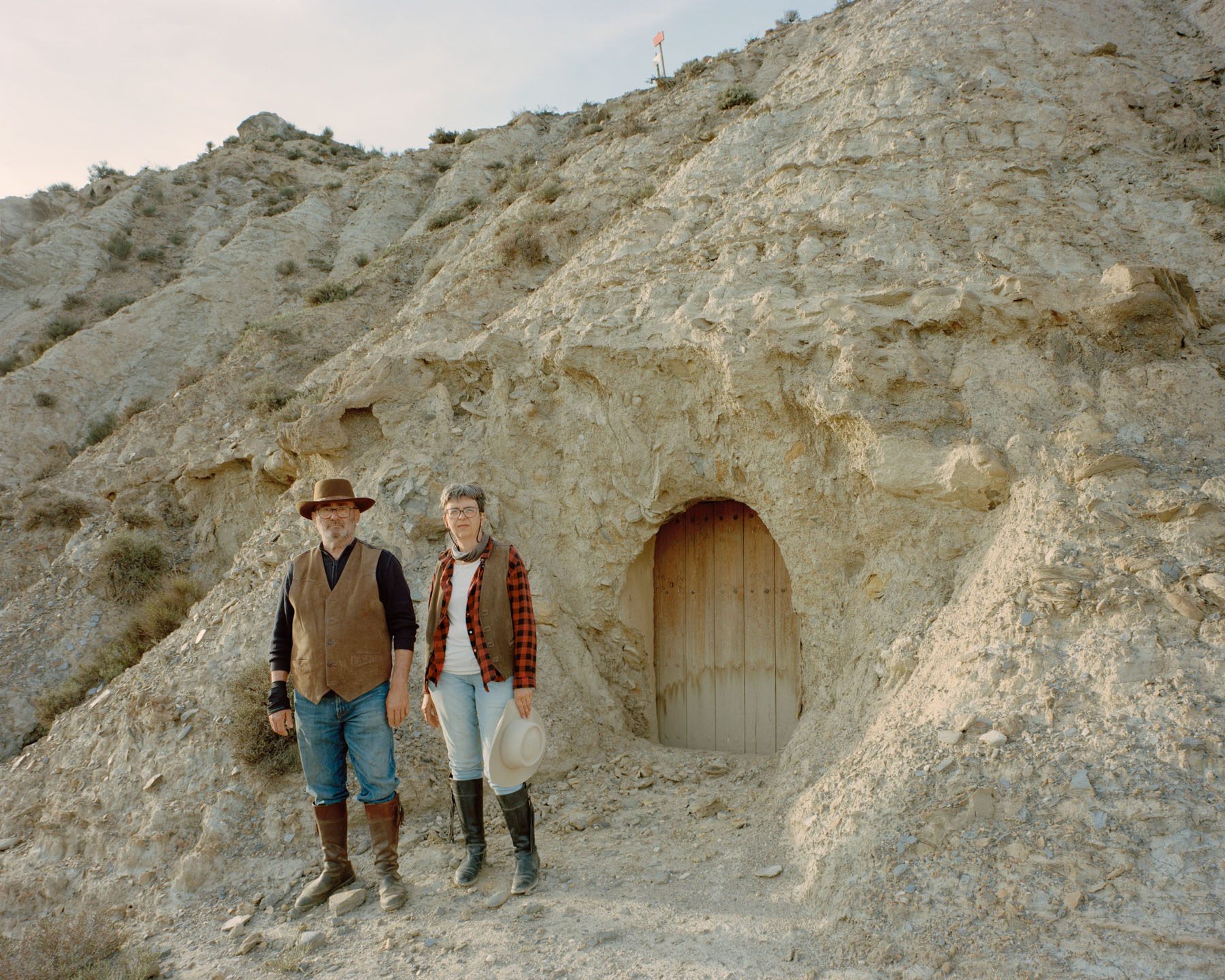
You travel a lot for your projects. How do you decide what to capture with your camera? In the case of your Island project, how does it feel to document something so close to you?
Unlike other projects, Islands was a long-term project. It was created over several years, moving around on a boat like a pilgrim, trying to give value to places and people I met in different seasons. I realized that after years I was telling a story of a delicate relationship between islands and their people.
You shot a beautiful series of pictures in Sardinia, in an area devastated by a huge fire. What role can photography play in creating awareness about sustainability and climate change?
Photography has a superpower, because it can explain concepts that could be reductive to explain with words. Climate change cannot be explained with a single image but can convey a feeling in a few moments using a universal language.
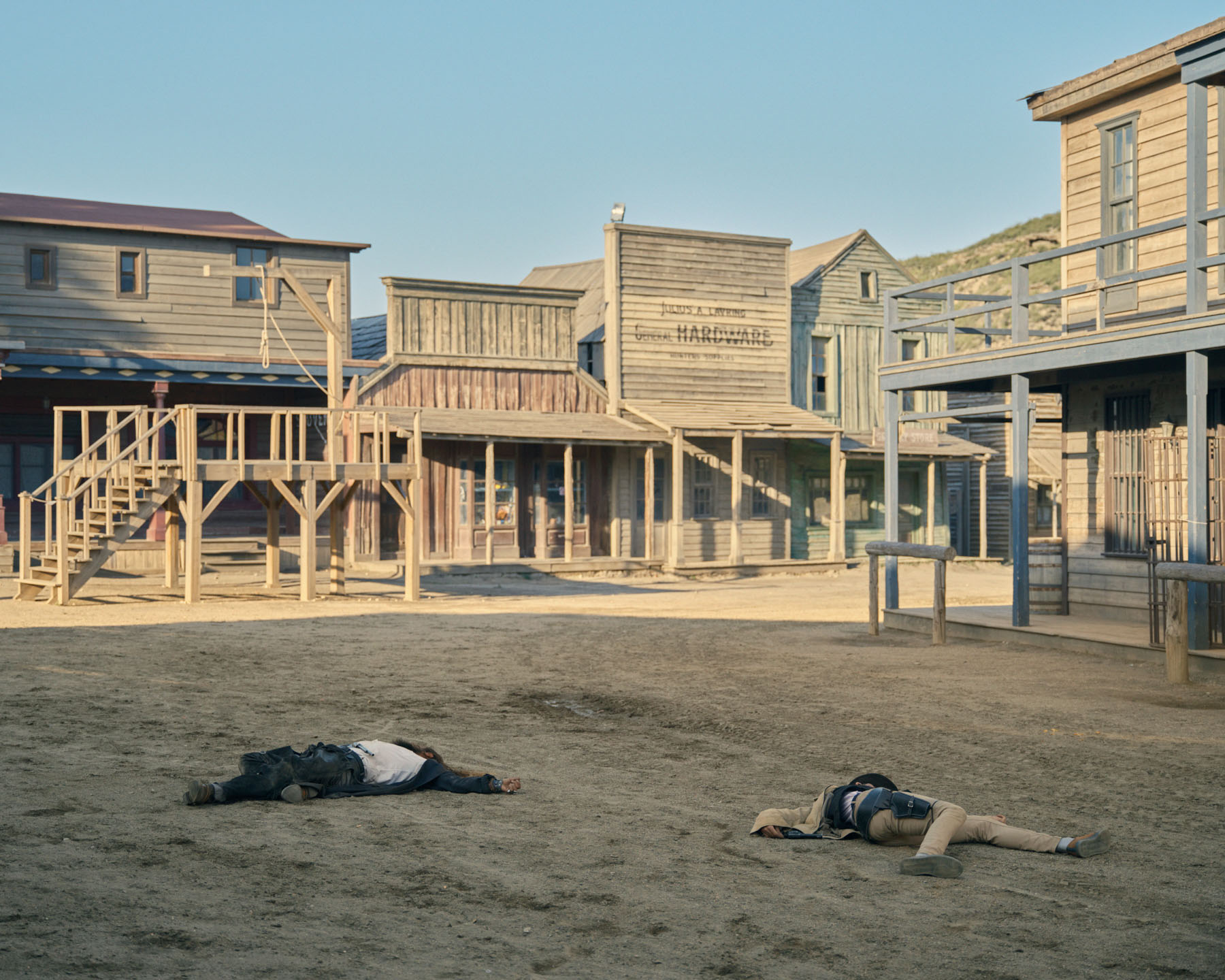
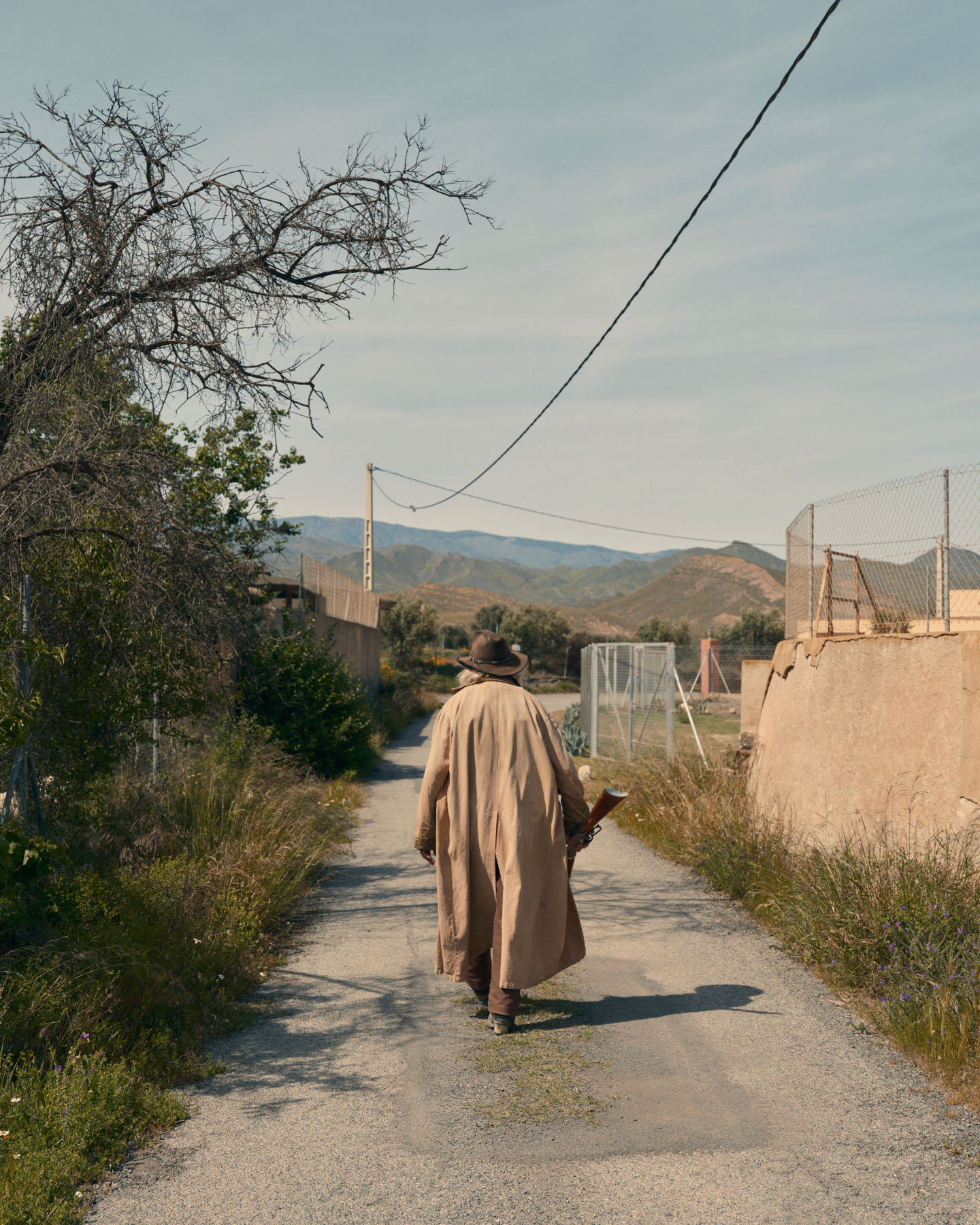
Andrea Pugiotto
Born in the Venice area in 1986, Andrea Pugiotto is an Italian photographer and Director. Graduated in photography at ISFAV in Padua, Andrea moves immediately to Milan, where he develops several personal photo-reportage projects traveling the world, he attends different photography exhibitions like at the Triennale in Milan and MOMUS in Thessalonikī, submits his works to various worldwide publishers , beginning to gain publicity as a story-teller photographer, a definition that suits him quite well.
